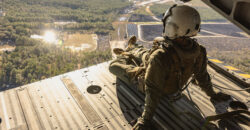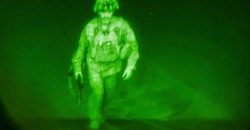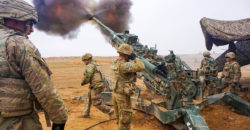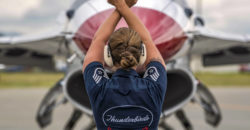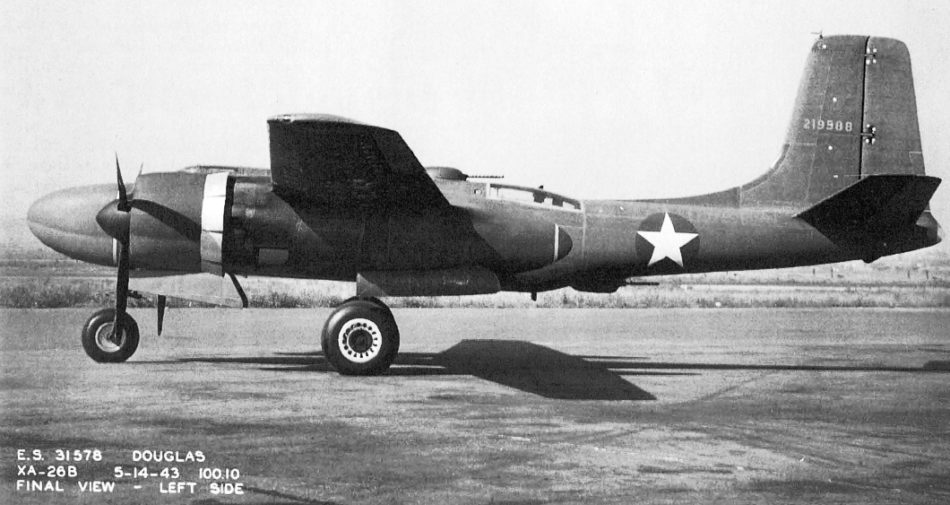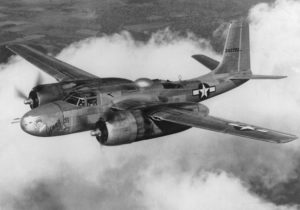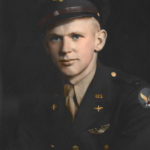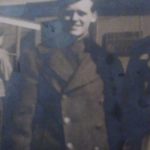Furono abbattuti sui cieli della Germania a meno di un mese dalla fine della Guerra.
L’equipaggio dell’A 26, composto da un tenente e due sergenti, è stato identificato dopo un lavoro durato più di due anni. L’ultimo a essere cancellato dalla triste lista dei dispersi, a fine gennaio scorso è stato il sergente John Kalausich. Qualche mese prima invece avevano trovato pace gli altri membri dell’equipaggio, il comandante pilota, tenente Lynn W. Hadfield e l’altro sergente, Vernon L. Hamilton.
I tre, originari rispettivamente del West Virginia Kalausich, Utah Hadfield, e Pennsylvania Hamilton, facevano parte del 642° Bombardment Squadron, 409° Bombardment Group (Light). Il 21 marzo del 1945, i tre salirono a bordo del loro A-26 Invader (numero seriale 43-22353) e decollarono dall’Inghilterra per una missione di bombardamento e interdizione contro obiettivi a Dulmen, in Germania in preparazione per l’attraversamento alleato del Reno due giorni più tardi.
L’abbattimento dell’A-26
Durante la missione, l’aereo fu abbattuto dal fuoco antiaereo. Il bombardiere leggero precipitò vicino al villaggio di Velen in Germania. I tre rimasero uccisi nell’impatto. Le prime ricerche non permisero di ritrovare i relitti dell’aereo o recuperare i resti dell’equipaggio. Poi l’oblio, il silenzio fino al 2016 quando un ricercatore tedesco raccontò alle autorità di aver ritrovato il sito di caduta dell’aereo, all’interno di un recinto per cavalli.
Il governo tedesco e U.S. History Flight, fondazione impegnata nel recupero dei dispersi, si sono attivati insieme alla Defense POW/MIA Accounting Agency. Gli scavi nel sito individuato hanno permesso di recuperare resti ed effetti personali riferibili ai membri dell’equipaggio. Usando avanzate tecnologie forensi, gli analisti americani hanno prima identificato il tenente Hadfield e il sergente Hamilton, poi è venuta la volta del sergente Kalausich. Il nome dei tre aviatori era stato scritto sul muro dei caduti al cimitero di guerra americano di Margraten in Olanda. In questi giorni accanto al nome di ciascuno è stato scolpito un asterisco, a indicare che ritrovamento e identificazione.
Identified the remains of three MIA from World War II/ENGLISH TEXT
On the end of december 2018, the Defense POW/MIA Accounting Agency (DPAA) identified the remains of 2d Lt Lynn W. Hadfield, sergeant John Kalausich, and sgt Vernon L. Hamilton, missing from World War II.
Lt Hadfield joined Usaf from Utah, Sergeant Kalausich from West Virginia, and sgt Hamilton from Pennsylvania. They were members of the 642nd Bombardment Squadron, 409th Bombardment Group (Light). On March 21, 1945, they aboard A-26B Invader (serial number 43-22353) that took off from England carrying the crew members on an interdiction mission against targets at Dulmen, Germany, in preparation for the Allied crossing of the Rhine River two days later. At some point during the mission, the bomber was shot down by anti-aircraft fire. It crashed near Velen, Germany, and SGT Kalausich and the other two crew members were killed. Immediate investigations failed to locate the aircraft or recover any remains. In 2016, a German researcher reported a crash site in a horse paddock in Hulsten-Reken, Germany. The German government and U.S. History Flight, Inc., working with DPAA, excavated the site and recovered human remains and artifacts correlating to the A-26’s crew. Using advanced forensic technology, U.S. analysts identified Kalausich. Hamilton e Hadfield from these collective remains.
They are memorialized on the Walls of the Missing at the Netherlands American Cemetery in Margraten.


